18 Apr,2019 By Jagabond
Poland is an impressive country, and Gdansk is its star city (sorry, Krakow). The Polish people survived the Nazi occupation and then the Soviets. Stalin liked the Poles least so he treated them the worst. Despite the bad history, when traversing Central and Eastern Europe you’d be hard pressed to find a more optimistic country than Poland. The people here respect their history and remember…both victories and losses.
Gdansk was where World War II began with a German attack during a ‘goodwill‘ visit, but it’s also where communism took its first hit with the solidarity movement. The Poles had their champion, Pope John Paul II, from near Krakow, who was working with Reagan, the U.S. President, to end communism in these parts. But it was a shipyard worker by the name of Lech Walesa who really made an argument by starting the first strike. Do you remember that guy? The loudest one in the group? Maybe every now and then he did have the best idea.
This museum honors the aforementioned Lech Walesa. A simple port worker strike turned into a movement against the communists. This gained international attention, eventually contributing to the defeat of communism in the region. The statue outside the museum commemorates this achievement.
This is definitely a must see attraction. The museum walks you through the Nazi occupation of Gdansk, and extends through Soviet rule. It covers the declaration of martial law in the early 1980s, and the rise of Walesa’s movement. The exhibit presents war artifacts in dramatic fashion, like this crucifix shot through the heart by a German solider.
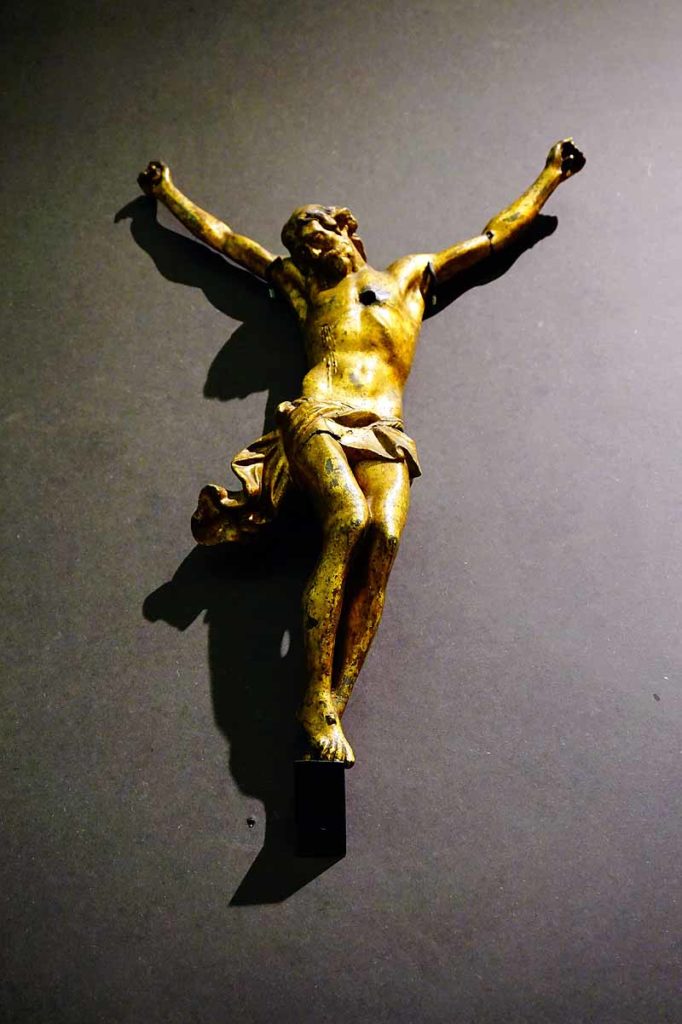
St. Mary’s can’t be missed. This beautiful brick church dates back to the 14th century, and survived severe damage from a war-related fire in 1945. A monument here acts as an emotional trigger, depicting a weeping Christ and mourning the 2,779 Catholic priests murdered by Nazis during World War II.
For the best view of Gdansk, climb the tight spiral staircase to the top of the belfry tower. The green spires of the church clash wonderfully with the orange rooftops. This overhead view of Gdansk is epic.
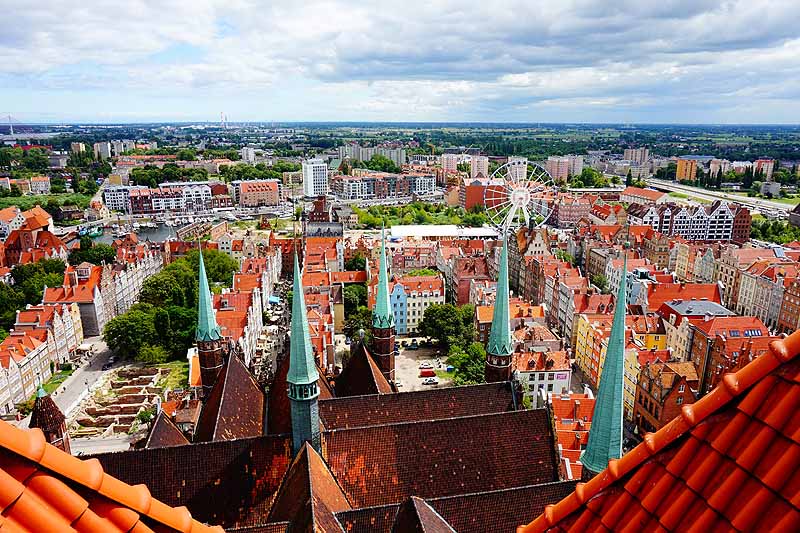
Neptune fountains aren’t unique, though that’s not surprising with him being the God of water. However, the fountain in Gdansk highlighting their old town is special. I challenge you to find a better shot of Neptune than this.
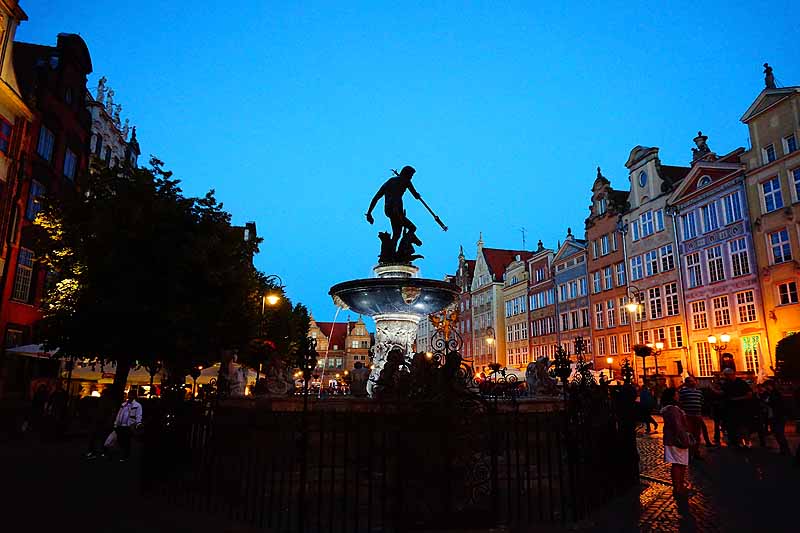
Boutique shops, hip cafes and crowded restaurants line the Vistula River right next to old town. This river is the longest in Poland, and was mentioned in BC times by Pliny the Younger, famed historian who documented the Pompeii disaster. Thousands of years later the Vistula is a hallmark sight in Gdansk.
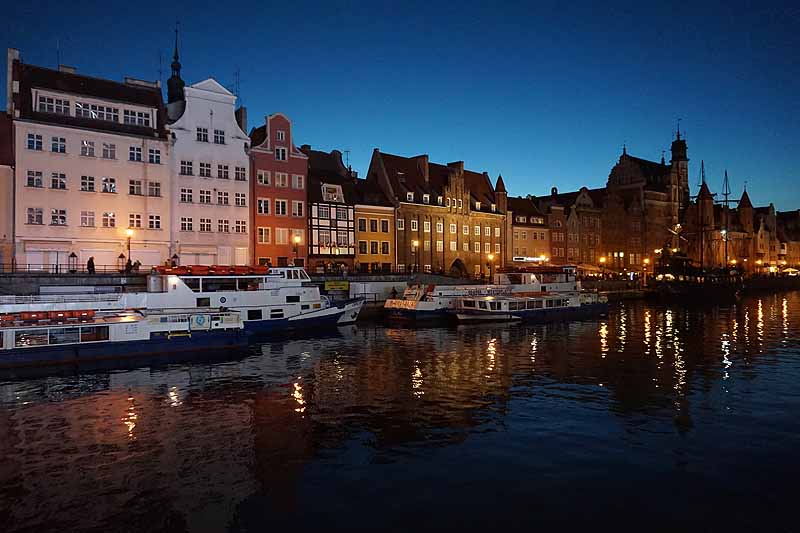
Afraid of heights? So am I! I dare myself to ride on these wheels, just to get the adrenaline flowing. Although my favorite wheel is in Vienna, I can appreciate one towering over a city as pretty as Gdansk. Drink a few pints of the vastly underrated Polish beer for some liquid courage, and go for a ride into the Gdansk sky.
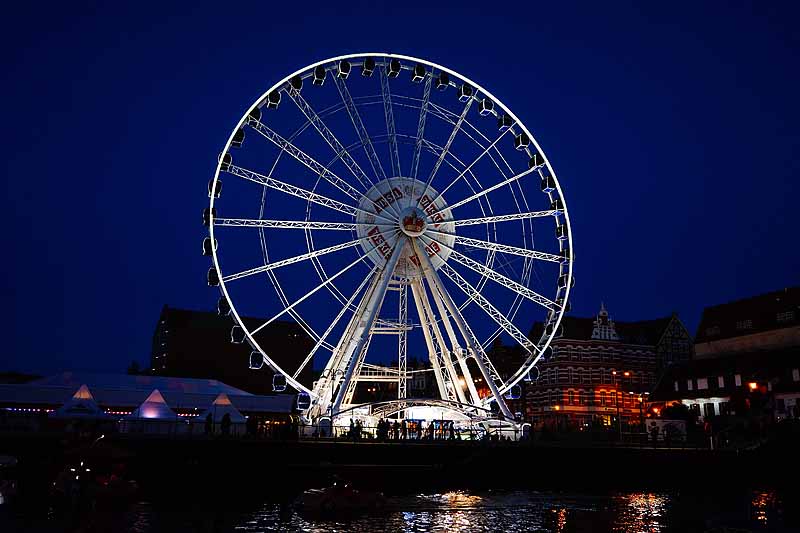
Did you ever visit the city beach in Barcelona? That was unsurprisingly beautiful. The words ‘Poland’ and ‘beach’ don’t really go together, so I was shocked to find an amazing beach in Gdansk. Jelitkowo is a beach with great bike routes and food options, and the sand is clean so you can feel free to go barefoot.
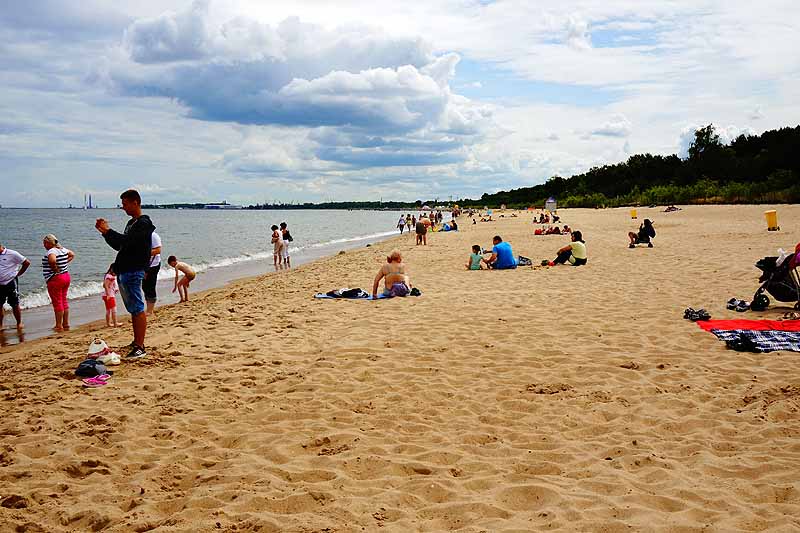
For a snapshot of history, look for the statue depicting President Reagan and Pope John Paul II, who banded together to help bring down communism. Many Americans don’t remember this era. I recall bits and pieces from the 1980s, but the U.S. was never communist so it was easy to see lands like these as another world. People in this region haven’t forgotten.
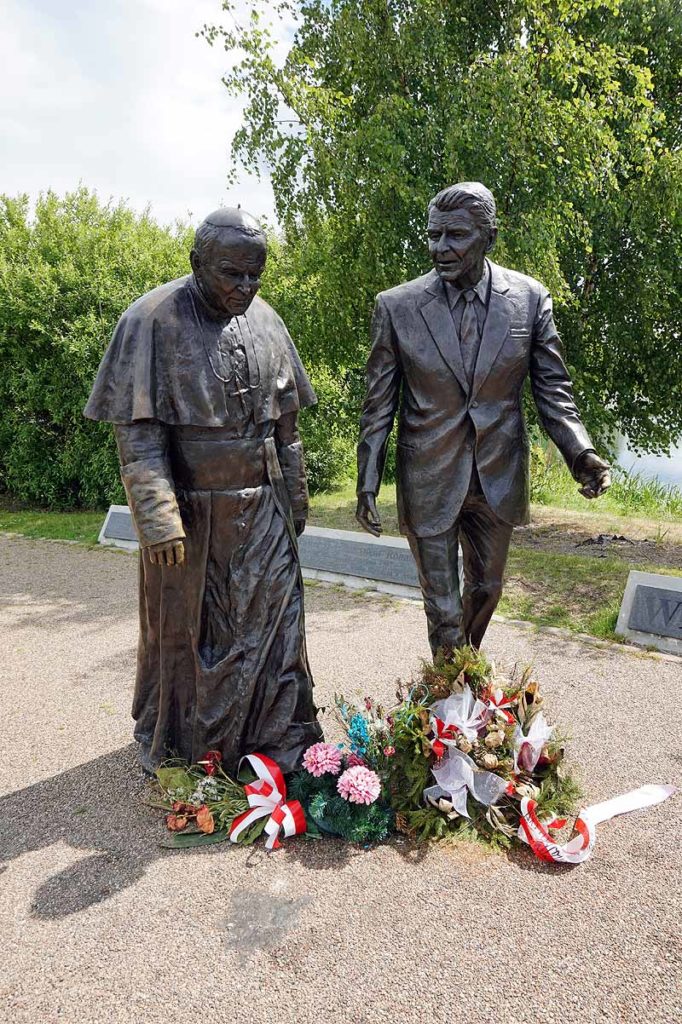
I respect other travel opinions, and my fellow bloggers have their own views of Gdansk. Visit these sites to further help you plan your Polish holiday.